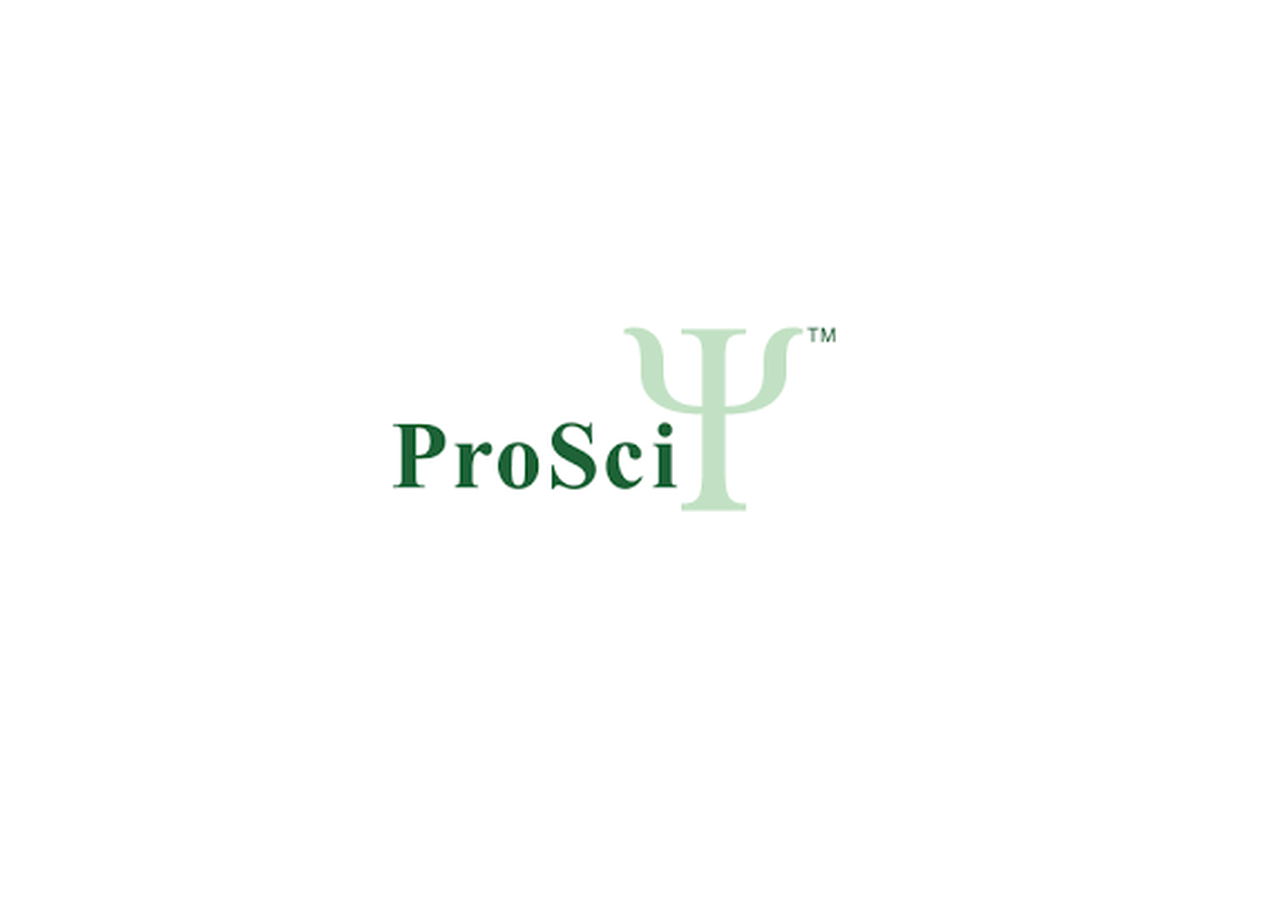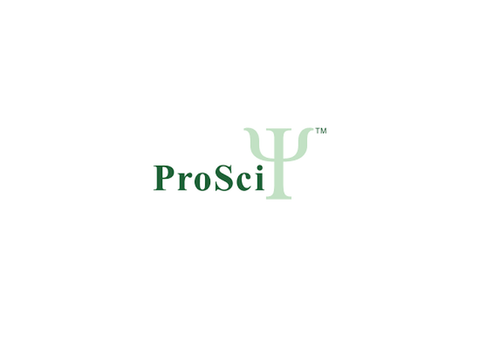Product Description
SET7 Antibody | 56-134 | ProSci
Host: Rabbit
Reactivity: Human
Homology: N/A
Immunogen: This SET7 antibody is generated from rabbits immunized with a KLH conjugated synthetic peptide between 289-317 amino acids from the C-terminal region of human SET7.
Research Area: Other
Tested Application: WB
Application: For WB starting dilution is: 1:1000
Specificiy: N/A
Positive Control 1: N/A
Positive Control 2: N/A
Positive Control 3: N/A
Positive Control 4: N/A
Positive Control 5: N/A
Positive Control 6: N/A
Molecular Weight: 41 kDa
Validation: N/A
Isoform: N/A
Purification: This antibody is prepared by Saturated Ammonium Sulfate (SAS) precipitation followed by dialysis
Clonality: Polyclonal
Clone: N/A
Isotype: Rabbit Ig
Conjugate: Unconjugated
Physical State: Liquid
Buffer: Supplied in PBS with 0.09% (W/V) sodium azide.
Concentration: batch dependent
Storage Condition: Store at 4˚C for three months and -20˚C, stable for up to one year. As with all antibodies care should be taken to avoid repeated freeze thaw cycles. Antibodies should not be exposed to prolonged high temperatures.
Alternate Name: Histone-lysine N-methyltransferase SETD7, Histone H3-K4 methyltransferase SETD7, H3-K4-HMTase SETD7, Lysine N-methyltransferase 7, SET domain-containing protein 7, SET7/9, SETD7, KIAA1717, KMT7, SET7, SET9
User Note: Optimal dilutions for each application to be determined by the researcher.
BACKGROUND: Histone methyltransferases (HMTases) selectively methylate evolutionarily conserved arginine or lysine residues, primarily in the N-terminal tails of histones H3 and H4. Signal transduction pathways affecting the N-terminal tails of histones lead to a number of post-translational modifications including acetylation, phosphorylation, poly (ADP-ribosylation) , ubiquitination and methylation. These modifications play critical roles in regulating chromatin structure and gene expression. Set7/9 is a histone specific HMTase that methylates histone H3 lysine 4. Set7/9 transfers methyl groups to lysine 4 of histone H3 in complex with S-adenosyl-L-methionine. In yeast, H4-K20 methylation does not have any apparent role in the regulation of gene expression or heterochromatin function; rather it appears to play a role in DNA damage response. Loss of Set9 activity or mutation of H4-K20 markedly impairs yeast cell survival after genotoxic challenge and compromises the ability of cells to maintain checkpoint mediated cell cycle arrest. Genetic experiments link Set9 to Crb2, a homolog of the mammalian checkpoint protein 53BP1, and the enzyme is required for Crb2 localization to sites of DNA damage.
 Euro
Euro
 USD
USD
 British Pound
British Pound
 NULL
NULL









![SET7 (SET9) Antibody (Center) [APR30871G] SET7 (SET9) Antibody (Center) [APR30871G]](https://cdn11.bigcommerce.com/s-452hpg8iuh/images/stencil/500x659/products/871116/1163183/logo__92149.1659788186__08851.1659867153.png?c=2)
